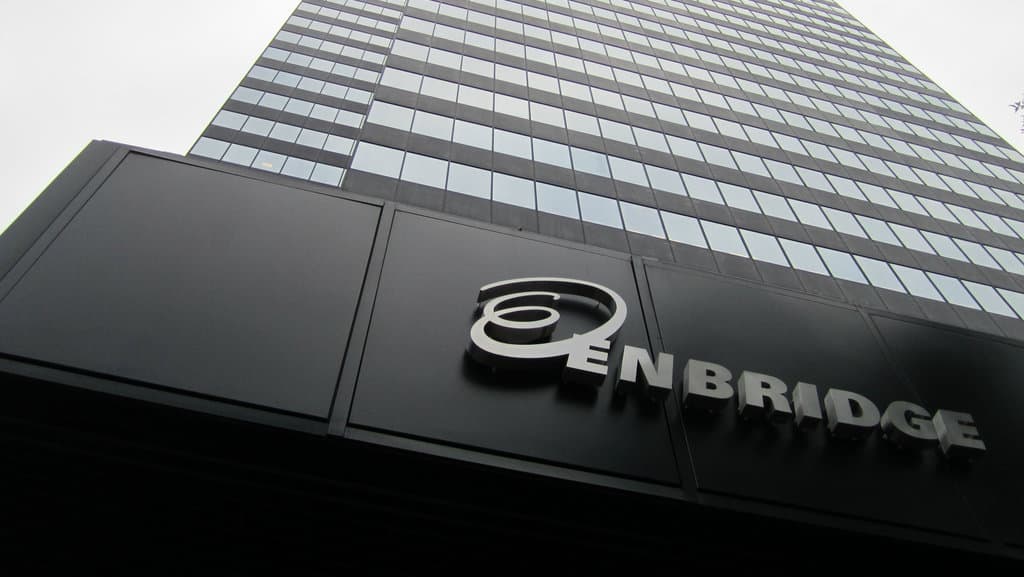In late December, Moody’s downgraded Enbridge Inc. (TSX:ENB)(NYSE:ENB) to just short of junk status at Baa3. Previously, the company’s debt was rated at Baa2; however, Moody’s believes the changes Enbridge is making are insufficient to improve its finances quickly enough to maintain that rating.
Gavin MacFarlane, Moody’s vice president, stated that “Our assessment of the plans is that the actions articulated are insufficient to improve the financial profile of the company in a timely manner to be in line with our previously stated expectations for a Baa2 rating.”
Previously, Enbridge had said that it would sell $3 billion worth of assets in 2018, and that the company would also be making smaller increases to its dividend in an effort to improve its finances. Investors were concerned with the company’s debt after its takeover of Spectra Energy early in 2017.
How big of a risk is Enbridge?
In its most recent financials, Enbridge’s total debt was $65 billion and nearly 60% higher than the $41 billion that was on the company’s books a year ago. The Spectra deal was complete in February, and as part of it Enbridge agreed to take on approximately $22 billion of the company’s existing debt.
Debt to equity is one ratio that is often used by investors to assess the risk posed by a stock. Before the deal happened, Enbridge’s debt was more than two times the equity the company had on its books. In its most recent quarter, the ratio had actually fallen to just 1.14, as the rise in equity more than offset the increase in debt.
Another way to evaluate the company’s liquidity is by looking at its current ratio. A year ago, the company’s current ratio was 0.52 compared to 0.64 this past quarter.
If we take inventory out of the equation and calculate the company’s quick ratio, then we get a more realistic assessment of risk, given that inventory can be difficult to move, especially at its stated value if a company were under duress. A year ago, this ratio was 0.42 and has since increased to 0.50.
Using some of the most common tools to assess liquidity, a case can be made that Enbridge’s balance sheet has actually improved. However, Moody’s uses its own calculations to assess risk and does so using multiples of EBITDA.
Investors seemed unfazed by the downgrade
Despite the concerning words from Moody’s, the stock did not see any noticeable drop off in price on the day of the announcement. However, since the start of 2017, the stock has already lost more than 12% of its value. It has only been recently that the share price has seen any sort of recovery, as it has risen 6% in the just past month.
Should you buy Enbridge?
A Baa3 rating indicates a moderate level of risk, and the company could bounce back with a strong 2018, especially as oil prices continue to rise and with OPEC agreeing to extend supply cuts. Enbridge’s operating income has been over $1.3 billion in each of the past three quarters, and there is no reason to expect the company is in any serious danger.
Instead, it might be a good time to lock in a low price and secure a great dividend.









